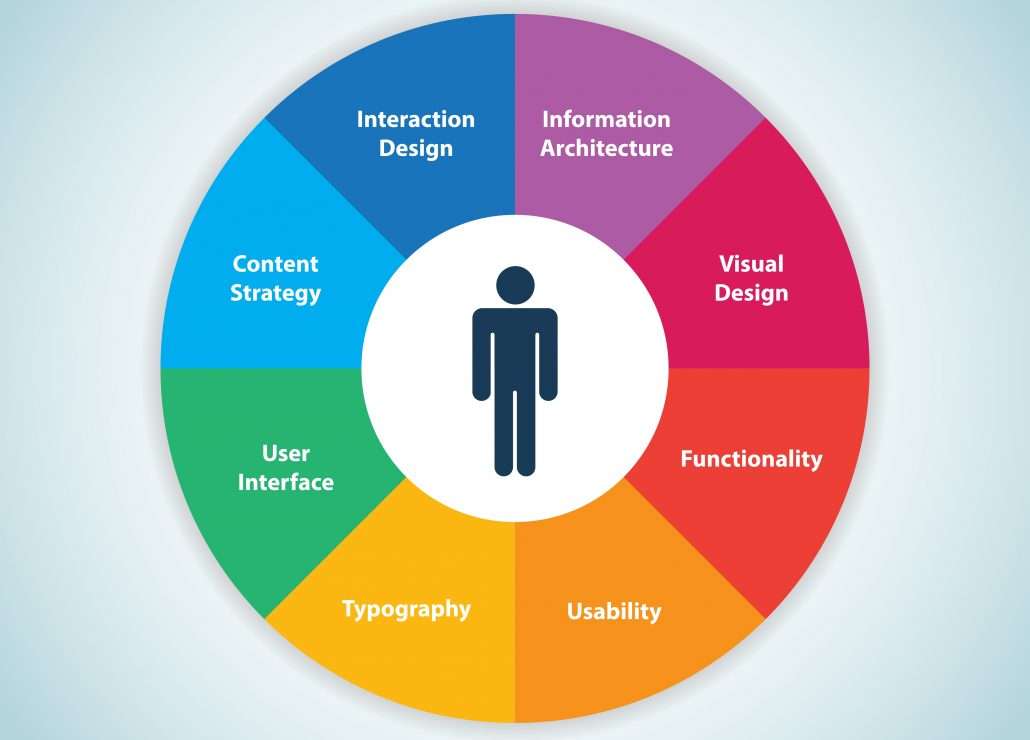Enhancing User Experiences with CDN-Optimized Web Design

Introduction:

Content delivery networks (CDNs) are distributed networks of servers that deliver content to users based on their geographic location and network conditions. Integrating CDNs into website design can significantly improve user experience by reducing load times and enhancing accessibility.

Benefits of CDN-Optimized Web Design:
- Reduced Page Load Times: CDNs cache static content, such as images, CSS, and JavaScript, at multiple server locations. This allows users to access content faster from the nearest server, resulting in shorter page load times.
- Improved Accessibility: By distributing content across multiple servers, CDNs reduce the risk of outages and ensure that content is available even during high traffic periods. This enhances accessibility for users with limited bandwidth or in remote areas.
- Enhanced Responsiveness: CDNs optimize content delivery based on the device and network type of the user. This ensures that websites are responsive and perform well on different platforms, from desktop computers to mobile devices.
- Improved Search Engine Optimization (SEO): Fast-loading websites have a positive impact on search engine rankings. By reducing page load times with a CDN, websites can improve their visibility in search results pages.
- Reduced Server Load: Offloading static content to CDNs reduces the load on the origin server, which can improve website performance and scalability.
Best Practices for CDN-Optimized Web Design:
- Implement a CDN: Choose a reliable CDN provider and configure your website to deliver static content through the CDN.
- Cache Static Content: Identify and cache all static assets, including images, CSS, JavaScript, and videos.
- Optimize Image Delivery: Use image compression and optimization techniques to reduce file sizes without compromising quality.
- Leverage Brotli Compression: Brotli is a lossless compression algorithm that can significantly reduce the size of text and HTML files.
- Configure Expires Headers: Set expire headers on cached content to instruct browsers to reuse cached copies for a specified period, reducing server requests.
- Test and Monitor Performance: Regularly test the performance of your website with and without CDN to measure improvements and identify any potential issues.
Conclusion:
Integrating CDNs into web design is a critical step towards enhancing user experiences. By optimizing content delivery and reducing load times, CDNs improve accessibility, responsiveness, and overall website performance. Implementing best practices for CDN-optimized web design can lead to significant improvements in user satisfaction and contribute to the success of your online presence.
